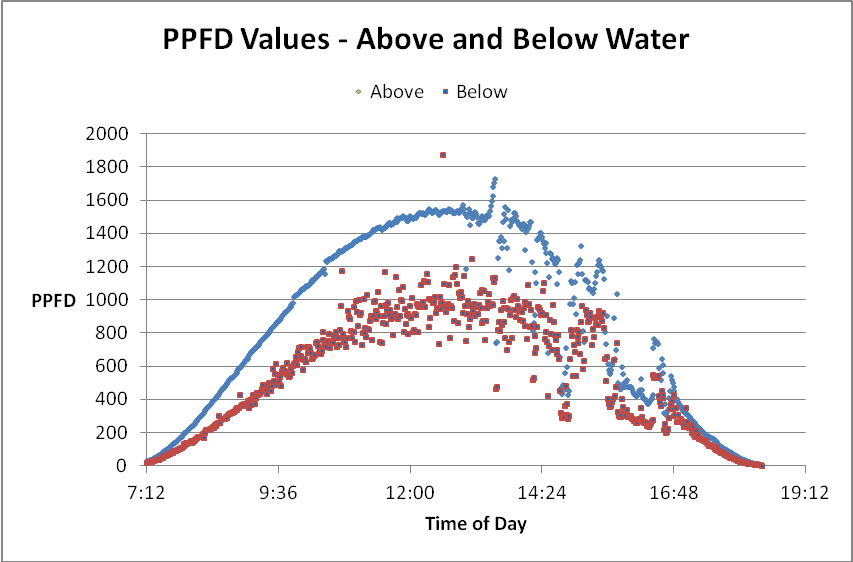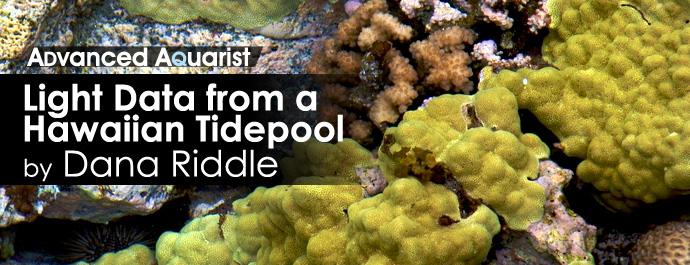I've got my lights on schedule where they are almost always ramping up or down. its a bell curve type schedule, with very little "plateau".
Therefor its only at peak par for a short amount of time.
My question is this: Say a coral requires 150 par. I measured my par at the peak time to be, say, 200. How do I guess/calculate what the light requirements are for that coral since its going to be in less par most of the day due to the ramping schedule?
Should I check the par at a few points in the day and average them? and use that number for what a coral suggests? Or should I use the peak par as a gage? Since less light is less risk for damage than higher par.
Therefor its only at peak par for a short amount of time.
My question is this: Say a coral requires 150 par. I measured my par at the peak time to be, say, 200. How do I guess/calculate what the light requirements are for that coral since its going to be in less par most of the day due to the ramping schedule?
Should I check the par at a few points in the day and average them? and use that number for what a coral suggests? Or should I use the peak par as a gage? Since less light is less risk for damage than higher par.
















